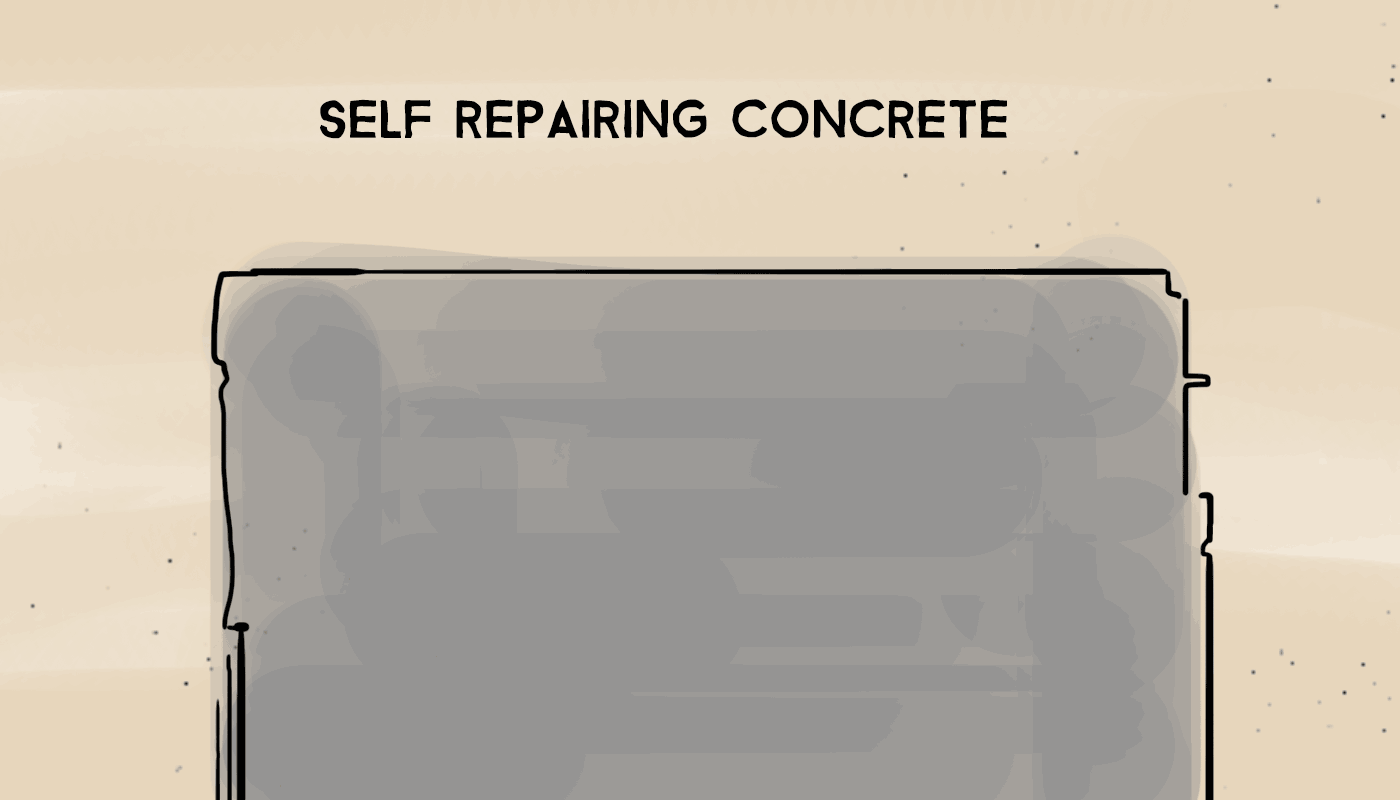How to heal yourself. (If you're concrete that is)
Now here’s a startling stat that hopefully won’t make you choke on your biscuit - in the last three years, China used more concrete than the US used in the entire 20th Century.
When you know that, cracks in a wall are a bad sign.
They’re even more worrying when they appear in bridges and buildings.
Crumbling infrastructure is a massive challenge for governments around the world.
Many of our roads, bridges and buildings are literally falling apart around us.
This is mainly because of our addiction to concrete.
It has many good things going for it but it has one major achilles heel: it breaks down over time and with use.
The problem is that not only is it expensive to replace, it’s hugely disruptive.
Imagine if the concrete could repair itself?
That would solve a number of problems in one fell swoop.
Fortunately, a number of brilliant scientists have been working on creating this exact type of material.
How does it work?
Included in the concrete mix are two types of bacteria (bacillus pseudofirmus and B. cohnii)
This limestone then acts as a natural sealant closing up the gap or fissure in the concrete.
Self-repairing concrete. Whatever next?






